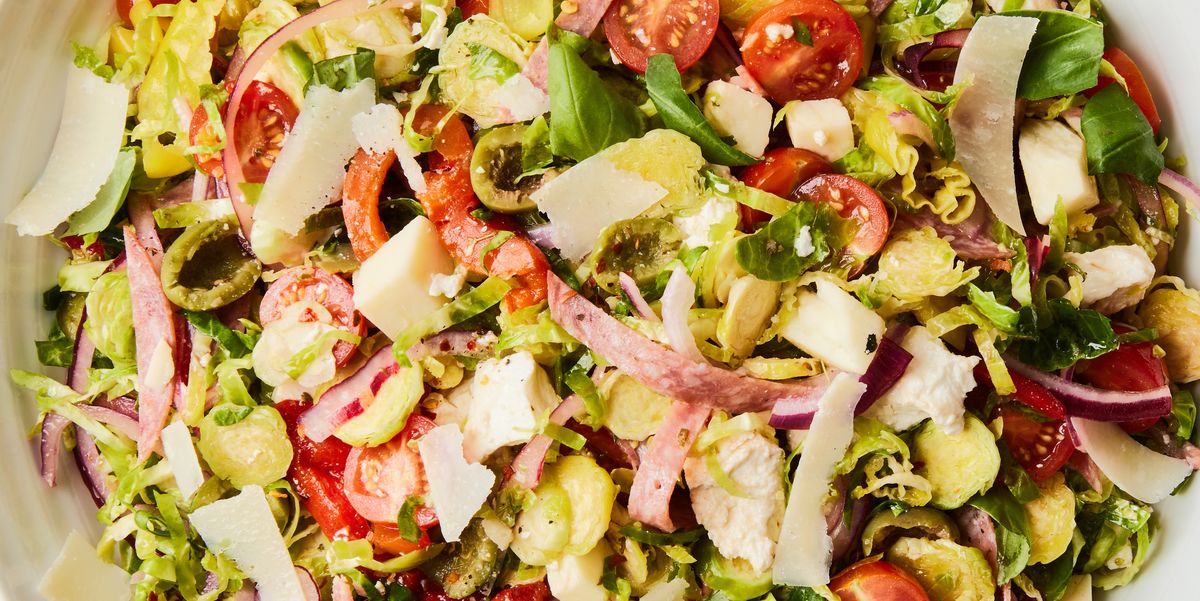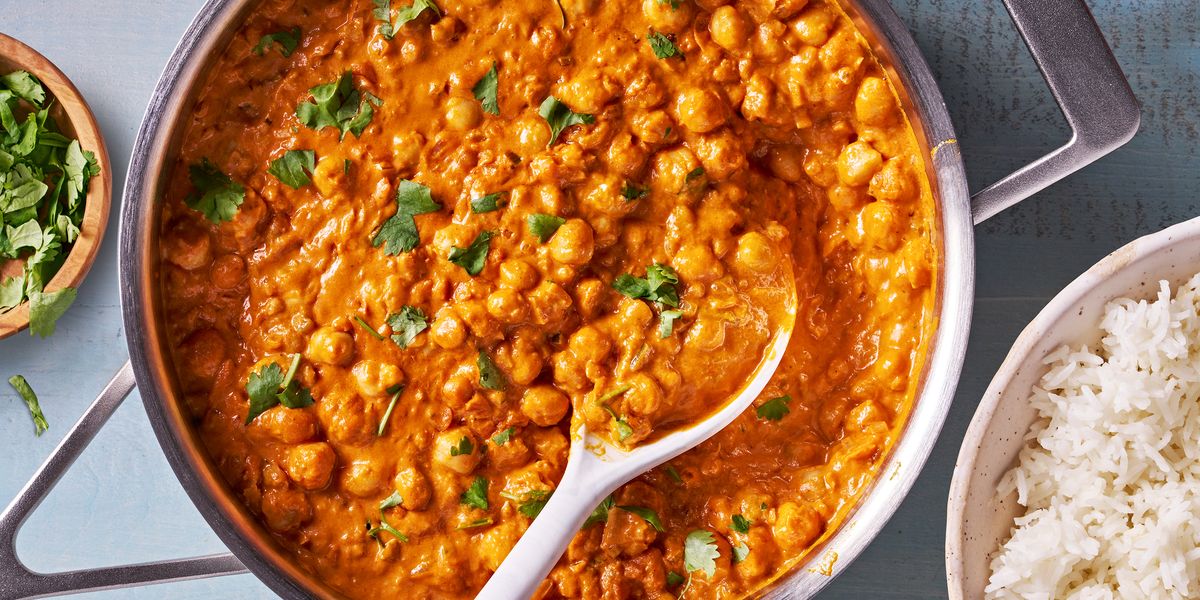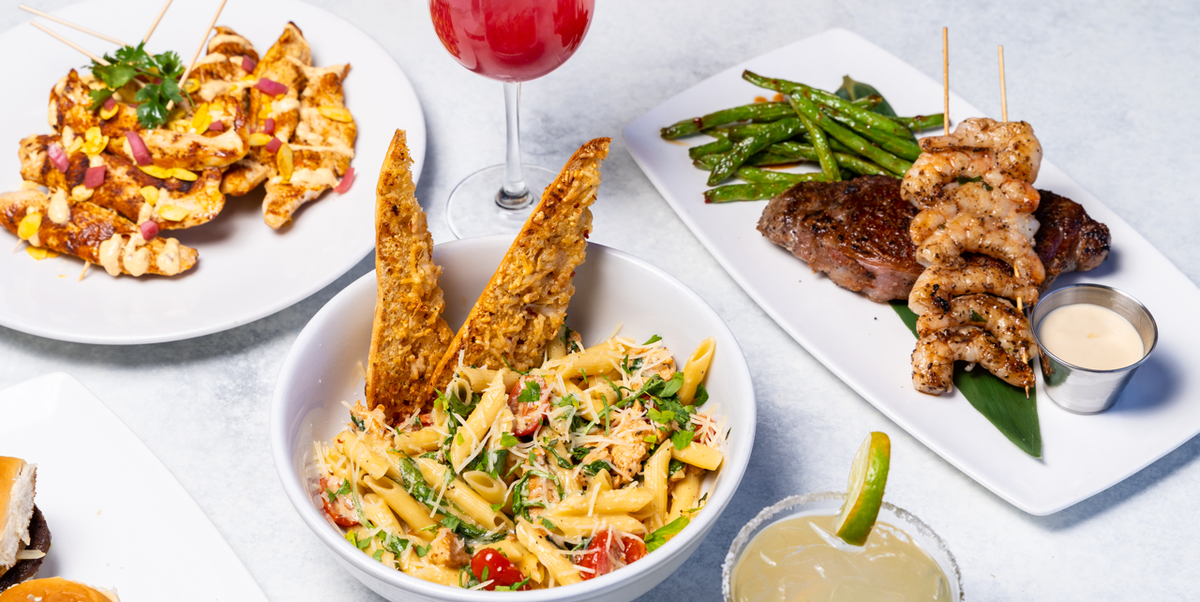While
sushi originated centuries ago, it has exploded in popularity over the last few decades in the U.S. Beyond restaurants and takeout, you can find it ready-to-eat at stores like Whole Foods and Costco. But like with all things craveable, you might be asking yourself, is sushi healthy?
Registered dietician Nicole Sohayegh, MS, RDN, CDN at New York City Nutrition, filled us in on the health benefits—and precautions—surrounding sushi.
Is Sushi Healthy?
“Absolutely,” said Sohayegh. “Sushi is as unprocessed as it gets when comparing it to other restaurant options.” Ideally, she said that we want our diet to be made up of mostly of whole foods that we can identify, and sushi is simply fish, rice, along with seaweed and other potential flavorings. This gives a balanced mix of protein, carbs, and fat. She adds that sushi is a great source of iron, B12, iodine, and zinc, along with Omega-3s if you opt for fatty fish.
Which Type Of Sushi Is The Healthiest?
Because they have minimal additives, Sohayegh says that the healthiest sushi options tend to be nigiri, chirashi, sashimi, and hand rolls. Depending on preparation, maki rolls can also be healthy. The maki category includes rolls where the seaweed wraps around the rice and other ingredients, like a spicy tuna roll. Uramaki is similar, but it has rice on the outside, like a California roll.
“American-style maki tends to come with sauces that can hide the quality of the fish as well as adding unneeded nutrients,” said Sohayegh. “Like any cuisine, sushi has been altered to the American taste, which has sometimes lessened the food quality.” For the healthiest option, she recommends selecting traditional Japanese-style sushi.
How Often Can You Eat Sushi?
This depends on the size of the fish you’re eating. Sohayegh said that bigger fish like tuna, swordfish, and mackerel are higher in mercury, a toxic heavy metal. If eating larger fish is kept to a minimum and your diet is varied, she said that “sushi can be eaten to preference.”
Who Should Avoid Sushi?
According to the U.S. Food and Drug Administration, raw fish or food made with raw fish are more likely to have parasites or bacteria than cooked fish. While anyone can contract foodborne illnesses, some people are more susceptible and should steer clear of raw or undercooked fish or shellfish, according to the FDA. These groups include children, pregnant women, the elderly, and those with weakened immune systems.
Sohayegh said there is some controversy around whether it’s safe to eat sushi while pregnant, so it’s always best to speak with a doctor. She recommends cooked sushi for anyone at high-risk. These California rolls and Boston rolls are free of raw fish (and anything fried).
Additionally, she adds that those with gluten allergies or intolerances should be careful because soy sauce isn’t naturally gluten-free.
Is Sushi Safe To Eat?
There have been recent reports of people getting sick from consuming raw oysters, so you might be wondering whether it’s safe to eat raw seafood. While the FDA says it’s always best to cook seafood, if you decide to eat raw fish, they recommend eating fish that’s been previously frozen. While this will kill any parasites in the fish, it won’t kill all germs. While the FDA Food Code recommends freezing most raw fish meant for consumption, the code is a model for local, state and tribal regulations, so rules may differ by location.
Sohayegh also recommends eating sushi from a reputable source. “Traditional Japanese sushi institutions, especially ones that serve fish in the traditional style, are probably a better choice than grabbing sushi from the local bodega.” As it’s easy to hide bad fish with sauces (like spicy tuna) and preparation styles, she adds that it’s better to go for simple styles of sushi.
And if you’re reaching for leftovers, you’ll want to check out our guide to eating leftover sushi.



















Leave a Reply